A Lot Of People Assume Color Is the Best Way To Differentiate Between The Two

Many people think that color is a surefire way to tell the difference between a moth and a butterfly. Butterflies are brightly patterned, while moths are devoid of color. Right?
Sometimes, That Works, But Not Always

That may be the case most of the time, but it’s not always an accurate way to determine which one is fluttering around outside your house.
Color Isn’t Always Accurate
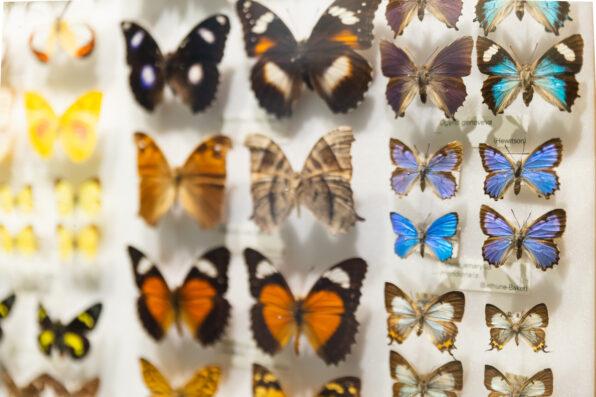
Moths can come in vivid colors, and butterflies can be shades of dull brown, too.
There Are Several Better Ways To Tell The Difference
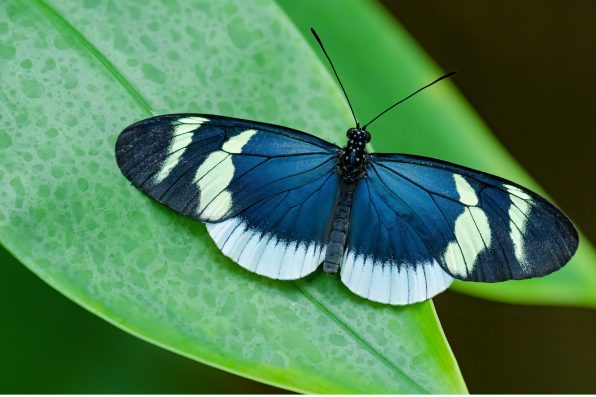
So, how can you figure out if that insect you see is a moth or a butterfly? There are several ways to tell them apart. Keep these rules in mind, and you’ll be classifying the critters like a pro in no time!
First, Moths Like The Night

For one, most moths are nocturnal. You’ve probably witnessed a flurry of them flocking to the nearest light when enjoying a warm summer night outdoors.
But Butterflies Love The Daytime

Butterflies, on the other hand, are daytime creatures. So, if you see a winged insect flitting from flower to flower in the middle of the afternoon, it’s most likely a butterfly.
Wing Position Is Another Way To Tell The Difference
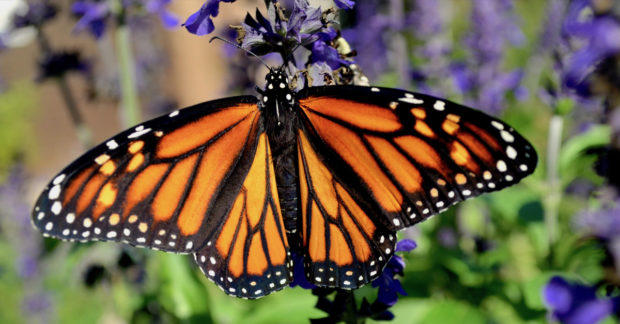
You can also tell butterflies and moths apart by observing the position of their wings when they’re resting.
This Is How Moths Rest Their Wings
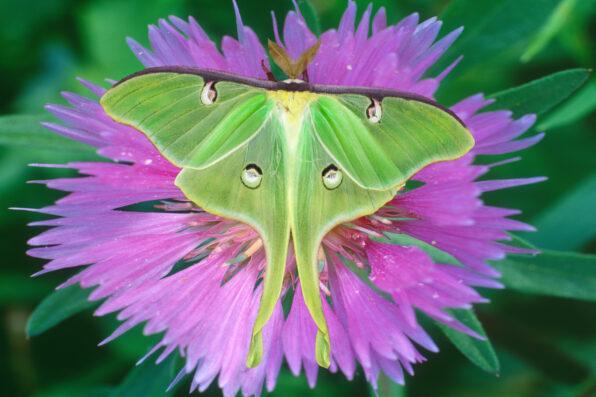
Moths rest with their wings open and spread out to the side, whereas butterflies keep their wings closed and folded together unless they’re sunbathing.
Next, Examine The Antennaes

If you look closely at the antennae of both butterflies and moths, you will notice that they are very different in appearance. Butterflies’ antennae are long and slender. They widen at the tips in a bulbous shape.
Moths Have Feathery Ones Normally
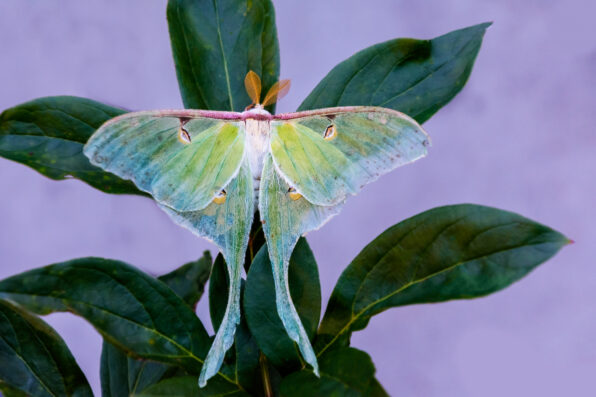
Moths usually have feathery antennae. Sometimes, they can be thin like butterflies’ antennae, but they tend to be straighter and lack the bulbous shape at the ends.
Another Way To Tell Are The Body Shapes

In addition, butterflies are leaner and look smoother than moths. Moths are furrier and have stockier bodies.
Look For A Frenulum

Moths also have a frenulum, which is a row of bristles that connect their front and rear wings to make flight more efficient. Butterflies are not structured in that way.
Metamorphosis Is A Clue

Furthermore, butterflies and moths go through metamorphosis differently. Both begin their lives as caterpillars that eventually undergo their transformation into adults in a chrysalis. However, moths spin a silk cocoon around their chrysalis.
Do You Have A Favorite Moth Or Butterfly?

Now that you have learned more about moths and butterflies, head outdoors to test your newfound knowledge!


